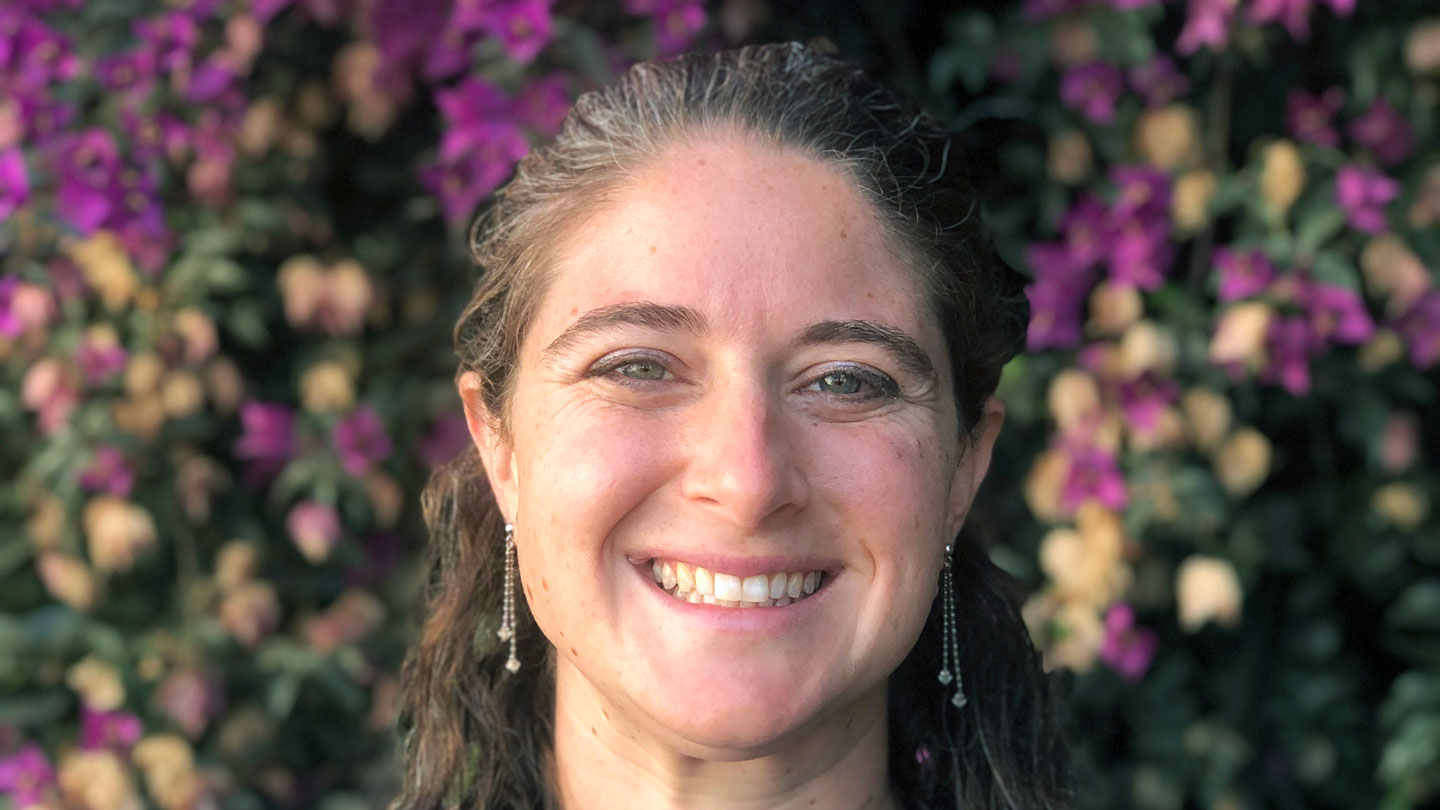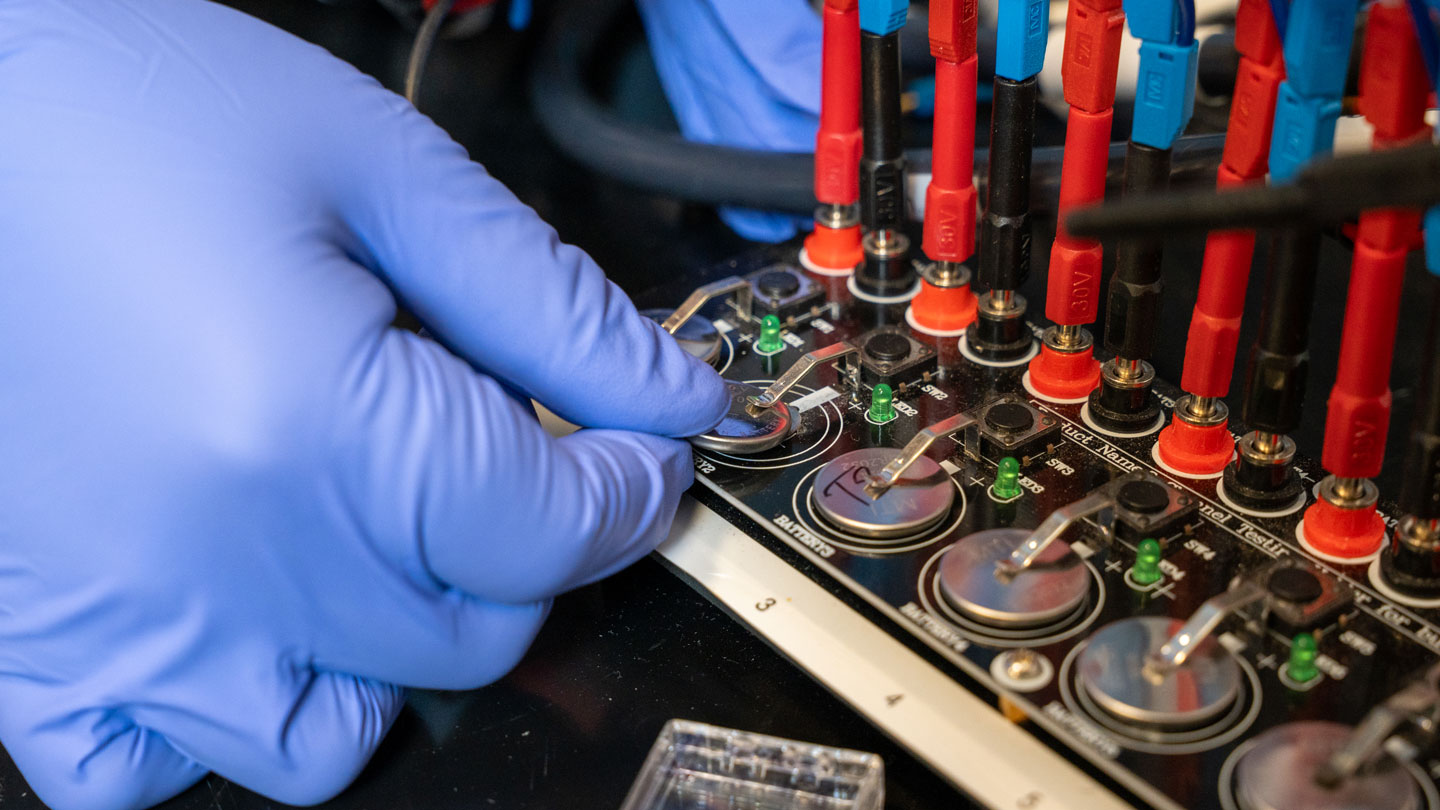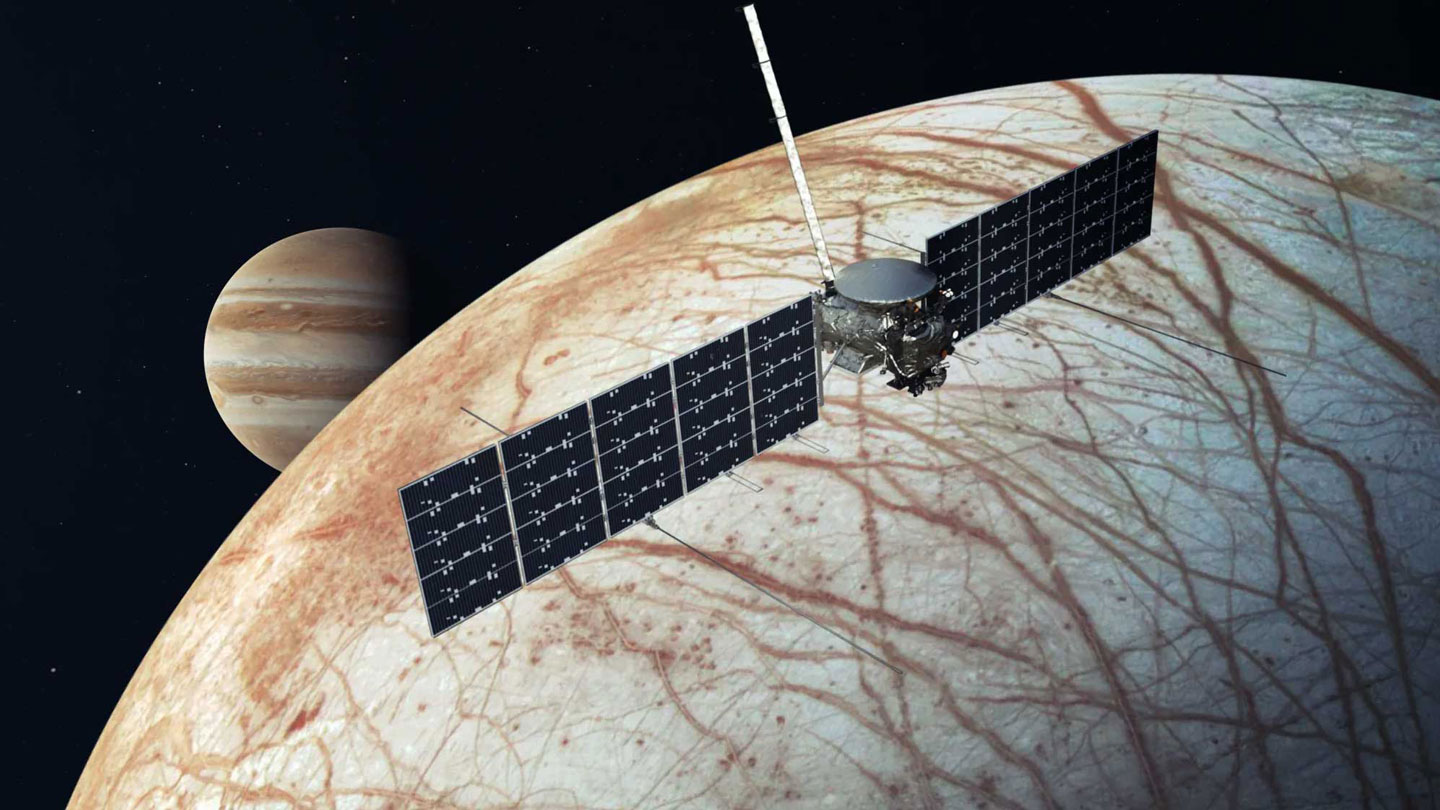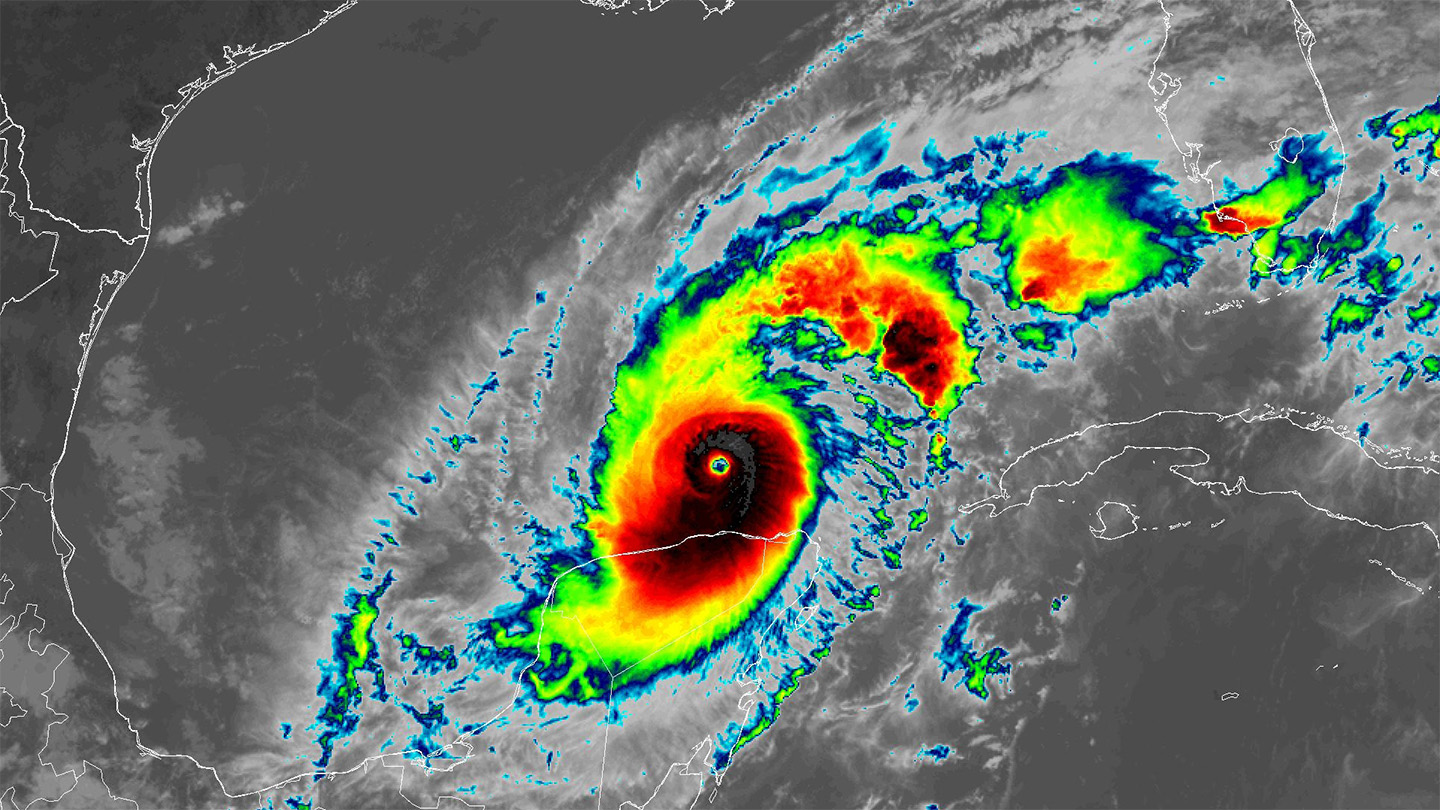Extreme Climate Survey
Science News is collecting reader questions about how to navigate our planet’s changing climate.
What do you want to know about extreme heat and how it can lead to extreme weather events?
Globally, people unleash more than 2,000 metric tons of mercury into the air each year, from coal combustion plants, waste incineration facilities, cement production sites, mining operations and other sources. Artisanal and small-scale gold mining generates more than 35 percent of these mercury emissions, making it the leading anthropogenic source.
In the environment, bacteria convert the element into the more toxic methylmercury, which bioaccumulates more readily in wildlife and people (SN: 6/19/14). Exposure to large amounts of mercury can wreak havoc on the central nervous system, digestive tract and kidneys, leading to seizures, blindness, sleep loss, memory loss, headaches, muscle weakness or even death.
Most of Gerson’s work is centered on mercury, but she has studied the movements of other hazardous contaminants, such as selenium set loose by coal mining and sulfur released from agriculture. In most cases, Gerson already has a good idea of where the substances are coming from when she begins investigating. It’s the rest of the story — where they go, where they end up — that she’s after.
Before we can better manage and reduce the risks these contaminants pose to people, she says, “we need to first understand their fate.”
An Amazon hot spot
Even before her first trip to Madre de Dios, Gerson was aware that signs of mercury exposure had been reported in communities far upriver of the mining areas. Perhaps people were eating mercury-laden fish that had swum upstream, but Gerson wondered whether there might be other routes of exposure. So she and colleagues returned to the region gathering samples during the summer of 2018 and the following winter.
Unsurprisingly, mercury levels in the air correlated with the proximity to mining. But water shed by leaves in the forest canopy, known as throughfall, offered a more complicated picture. The denser the canopy, the more concentrated the mercury in the throughfall, with the highest levels showing up in a conservation area called the Los Amigos Biological Concession, Gerson and colleagues reported in 2022 in Nature Communications. The mercury levels in the throughfall at Los Amigos are “the highest loads of any location in the globe,” Gerson says. “That was really surprising [to find] in this area … that we think of as being one of the most remote areas in the world.”
What set Los Amigos apart was its pristine, old-growth forest. The large leaves in the mature forest canopy work like quicksilver collectors, providing wide surfaces for airborne mercury to gather on, accumulate and later be washed to the ground by rain, Gerson says. “If you have a mining community surrounded by old-growth forests, that’s where you’re going to see really high loads of mercury.”
And it wasn’t just the leaves. The mining contaminated wildlife too. Mercury levels in feathers from three songbird species with varied diets were on average two to three times higher at Los Amigos than at another old-growth forest located far from mining. Throughfall and shed leaves deliver mercury to the soil, where the contaminant gets methylated by bacteria and consumed by plants and animals, Gerson explains.
“It’s important to get this information out,” says biogeochemist Mae Gustin of the University of Nevada, Reno, who was not involved in the research. The impact is more pervasive than people are realizing, she says. “The whole [eco]system is being contaminated.”
A spark in Senegal
Gerson’s fascination with mercury did not begin in the Amazon, but instead dates back to a trip to central Senegal. After getting her undergraduate degree at Colgate University in Hamilton, N.Y., she went to Senegal as a volunteer with the Peace Corps.
There, Gerson met another Peace Corps volunteer who had been living in the Kédougou Region, a full day’s drive away in southeastern Senegal. “I remember her talking about needing to switch communities because [the] Peace Corps was worried about her personal exposure” to mercury from mining operations there, Gerson says. “It really sparked my interest.”
With mercury on her mind, Gerson returned to New York and began a master’s program at Syracuse University in 2014. Her master’s adviser, Charles Driscoll, provided her with “incredible flexibility to choose what I wanted to do for my thesis,” Gerson recalls. Over the next few years, she would publish some of her earliest work on how patterns of mercury and methylmercury evolved over a decade in a remote area of the Adirondack Mountains, kick-starting a career chasing quicksilver.
Research eventually drew Gerson back to Senegal. For a study reported in 2023 in Cleaner Production Letters, she and colleagues worked with local community members — more than 80 percent of whom identified as miners — to spread awareness of the dangers of mercury. The team also distributed locally made devices called retorts that mitigate miners’ exposure to mercury fumes. Surveys showed that the work helped: The portion of respondents who reported believing that mercury was dangerous increased from 83 to 94 percent, and the percentage of individuals using retorts at least sometimes went up from 3 to 64 percent.
Back in the United States, the movements of contaminants aren’t the only pathways that Gerson is bringing attention to. She’s also committed to illuminating entryways into science. As a Ph.D. student, she cofounded GALS, a free summer science program that organizes overnight camping and backpacking trips for high school girls and gender nonconforming students. And she coauthored a 2023 article in the Bulletin of the Ecological Society of America titled “Demystifying the graduate school application process.”
“There’s a lot of hidden curricula in getting into grad school and getting into the sciences in general,” Gerson says, that are not easily accessible to those who don’t already know the process. “I’m really passionate about trying to make STEM a lot more inclusive, and help people find their way into it as well.”
*
Source link





No comments! Be the first commenter?